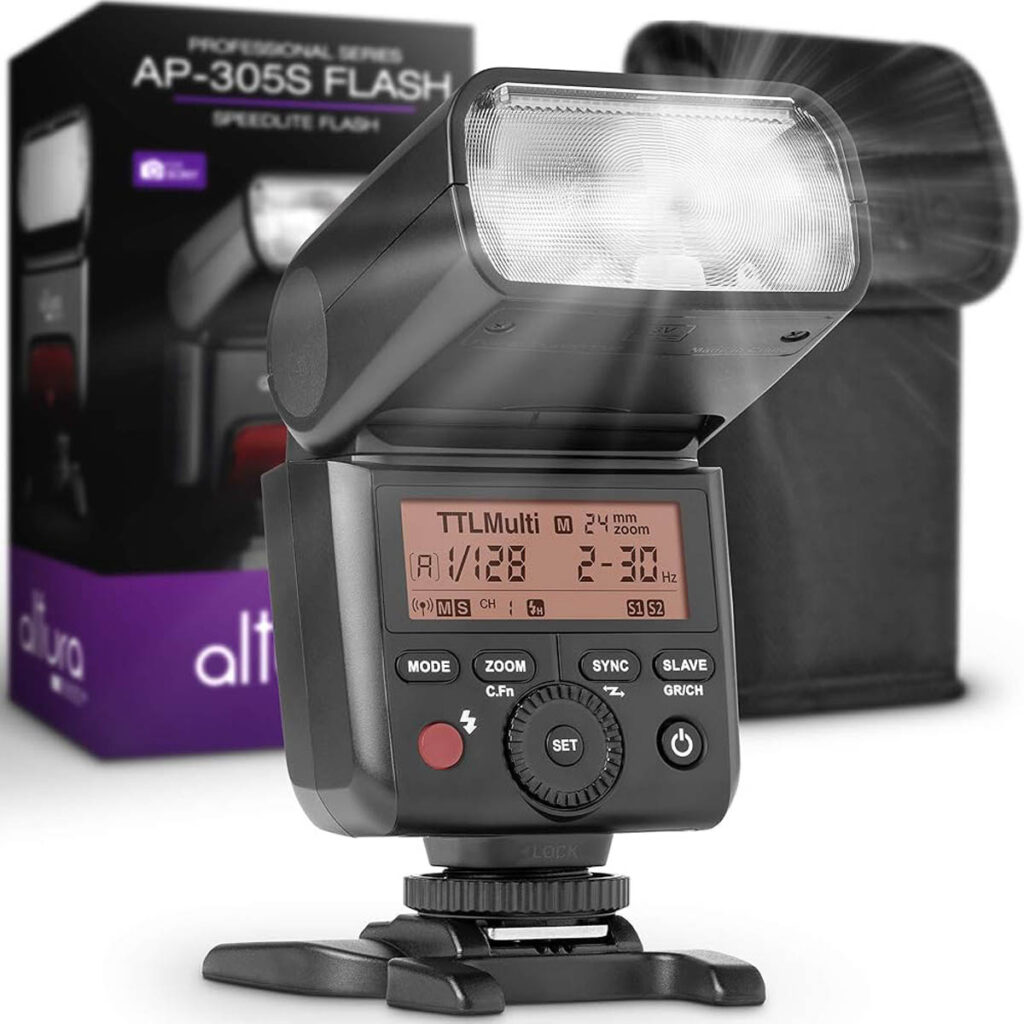Starting a Photography Business
Starting a photography business can be an exhilarating journey, blending creativity with entrepreneurship. While the prospect of turning your passion for photography into a profitable venture is appealing, it involves careful planning and strategy.

Essential Photography Gear for Your Business
When starting a photography business, investing in the right gear is crucial. The equipment you choose will depend on your specific niche—be it portrait, wedding, commercial, or landscape photography. Here’s a more detailed breakdown of the essential gear you should consider:
1. Camera
Your camera is the backbone of your photography business. Here are some features to consider when selecting your camera:

- DSLR vs. Mirrorless: Both have their advantages. DSLRs typically offer longer battery life and a wider range of lenses, while mirrorless cameras are generally lighter and more compact.
- Video Capabilities: If you plan to offer video services, look for a camera that supports high-resolution video and has good autofocus capabilities.
- Weather Sealing: If you’ll be shooting outdoors, consider a camera with weather sealing to protect it from the elements.
2. Lenses
A versatile selection of lenses allows you to adapt to various shooting scenarios. Here are some types to consider:

- Standard Zoom Lens (e.g., 24-70mm): Great for a wide range of subjects, from portraits to landscapes.
- Prime Lenses (e.g., 50mm, 85mm): Known for their sharpness and ability to create beautiful bokeh, ideal for portraits.
- Wide-Angle Lenses (e.g., 16-35mm): Perfect for landscapes, architecture, and tight indoor spaces.
- Telephoto Lenses (e.g., 70-200mm): Useful for capturing distant subjects, such as wildlife or during sports events.
3. Tripod
A sturdy tripod is indispensable for long-exposure shots, group photos, and landscape photography. Look for features such as:

- Weight and Portability: Consider how often you’ll be traveling with your tripod. Lightweight options are ideal for travel, while heavier tripods provide more stability.
- Height Adjustability: Ensure the tripod can extend to a comfortable height for you, especially for shooting from different angles.
4. Lighting Equipment
Good lighting can elevate your photography. Depending on your niche, you might need:

- External Flash: A versatile tool for enhancing lighting in indoor environments or during nighttime shoots.
- Softboxes and Umbrellas: Essential for diffusing light and reducing harsh shadows in portrait and product photography.
- Continuous Lighting Kits: Great for video work or product shoots, providing consistent lighting.
5. Editing Software
Post-processing is where you can truly refine your images. Key software includes:
- Adobe Lightroom: Excellent for organizing and batch editing photos.
- Adobe Photoshop: Essential for detailed retouching and compositing images.
- Capture One: Popular among professional photographers for its advanced color grading capabilities.
6. Backup Solutions
Protecting your work is paramount. Consider the following:
- External Hard Drives: Opt for drives with high storage capacity and fast transfer speeds.
- Cloud Storage: Services like Google Drive or Dropbox offer off-site backups that can be accessed anywhere.
7. Branding Materials
Establishing a strong brand presence can help attract clients. Essential materials include:
- Logo: Create a memorable logo that reflects your photography style.
- Business Cards: Design professional cards to hand out during networking events.
- Website and Portfolio: Your online presence should showcase your best work, highlight client testimonials, and provide easy contact options.
Finding Your First Clients
Attracting your first clients can feel daunting, but several strategies can help you effectively market your services:
1. Build an Online Portfolio
Your website is often the first impression potential clients will have of your work. Ensure it includes:
- High-Quality Images: Showcase your best work, categorizing it by style or session type.
- About Page: Share your story, your photography philosophy, and what sets you apart.
- Contact Information: Make it easy for potential clients to reach you.
2. Leverage Social Media
Social media platforms are invaluable for marketing:
- Instagram: Use visually engaging content to attract followers. Share behind-the-scenes shots, client testimonials, and completed projects.
- Facebook: Join local photography groups and participate in discussions. Consider running Facebook ads targeting your local area.
- Pinterest: Share your work to inspire others and drive traffic to your portfolio.
3. Network Locally
Building relationships within your community can lead to referrals:
- Attend Events: Participate in local art fairs, bridal shows, or community events to meet potential clients.
- Collaborate with Other Professionals: Partner with wedding planners, event coordinators, or local businesses to cross-promote services.
4. Offer Promotions
Attract new clients with limited-time offers:
- Introductory Packages: Offer discounted sessions or mini-sessions for first-time clients.
- Referral Discounts: Encourage satisfied clients to refer you to others by offering them a discount on future services.
5. Use Online Marketplaces
Websites like Thumbtack, WeddingWire, or Bark can help you connect with clients looking for photographers in your area. Create a compelling profile, showcase your work, and actively respond to inquiries.
The Importance of Contracts
Contracts are a vital component of your photography business. They provide legal protection and set clear expectations with your clients. Here’s a deeper look at key elements to include in your photography contracts:
1. Scope of Work
Clearly define what services you will provide:
- Details of the Shoot: Specify the location, duration, and type of photography (e.g., wedding, portrait).
- Deliverables: Outline how many edited images the client will receive and the format in which they will be delivered (e.g., digital files, prints).
2. Payment Terms
Be explicit about financial arrangements:
- Total Cost: State the overall price and any potential additional costs for extra services.
- Deposit Requirements: Specify the percentage required upfront to secure the booking and the timeline for the final payment.
3. Usage Rights
Clarify how your images can be used:
- Client Usage: Specify if the client can print, share, or use the images commercially.
- Photographer’s Rights: Retain the right to use the images for your portfolio, website, and promotional materials.
4. Cancellation and Rescheduling Policies
Include terms to protect both you and the client:
- Cancellation Fees: Detail any fees associated with cancellations made by the client.
- Rescheduling Policies: Outline how rescheduling will be handled and any associated costs.
5. Liability Waivers
Include a waiver to protect yourself:
- Release of Liability: This can help protect you from potential legal claims related to accidents or injuries that occur during the shoot.
6. Signatures
Ensure both you and your client sign the contract:
- Date and Signatures: Include a space for both parties to sign and date the contract, indicating agreement to the terms.
Conclusion
Starting a photography business is a multifaceted journey that combines artistry and entrepreneurship. By investing in quality gear, building a strong online presence, and understanding the importance of contracts, you set yourself up for success. Stay committed to honing your craft, continuously seek out new clients, and nurture relationships within your community. With passion and dedication, your photography business can thrive, allowing you to turn your love for photography into a rewarding career. Embrace the adventure and enjoy every moment of your journey!
